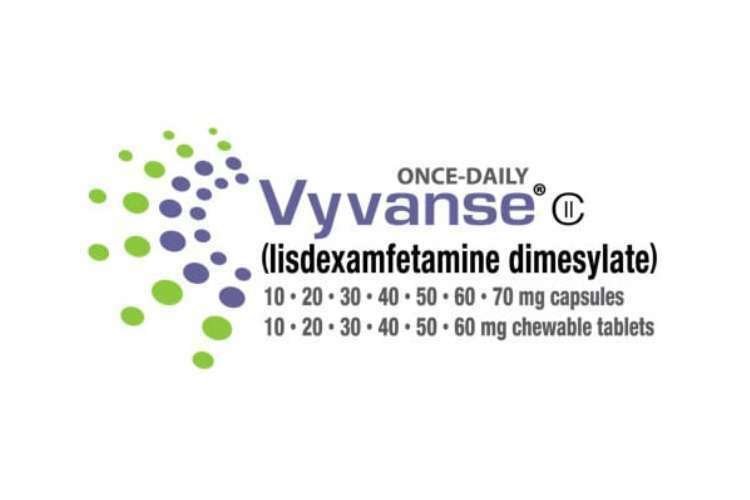Vyvanse, a blockbuster drug for attention-deficit/hyperactivity disorder (ADHD) and binge-eating disorder, has been the top choice for many patients and doctors since its launch in 2007. But now, the drug’s patent protection has expired, opening the door for cheaper generic versions.
The drug, which is made by Takeda, has been facing a supply shortage since June due to a combination of high demand and manufacturing delays, the company said in a statement earlier this summer. This has left many patients scrambling to find alternatives or pay higher prices.
However, relief may be on the way, as the FDA has approved several generic copies of the drug on Aug. 25. The generics come in different strengths, from 10 mg to 70 mg, and in different forms, such as capsules and chewables. Some of the companies that have received FDA approval for their generics are Teva, Sun Pharmaceutical, Actavis, Mylan, Hikma and others.
It is not clear when these generics will hit the market in the U.S., as Takeda’s patents on Vyvanse expired only on Aug. 24.
The generics are expected to offer significant savings for patients, as Vyvanse is one of the most expensive drugs for ADHD. According to Drugs.com, a 100-day supply of Vyvanse costs $1,305, while 30 capsules cost around $460.
Vyvanse is not the only ADHD drug that has faced supply issues recently. Last summer, Adderall and its generics also ran into shortages, as Teva, the main supplier of the drug, struggled to meet the demand.
Takeda has acknowledged that it will face “significant headwinds” this year due to the generic erosion of Vyvanse in the US.
Vyvanse was one of the key assets that Takeda acquired when it bought Shire in 2019. The drug received its original FDA approval in 2007 and has been a leading treatment for ADHD and binge-eating disorder ever since.
In its last quarter of exclusivity, Vyvanse generated sales of 123 billion Japanese yen (about $880 million), which was a 16% increase at constant exchange rates.





























